In the ever-evolving landscape of digital assets, rumors can send shockwaves through the crypto community—especially when they involve industry giants like Ripple and Circle.
Recently, the cryptocurrency sphere was abuzz with speculation that Ripple, a blockchain payments pioneer closely associated with XRP, was considering a multi-billion-dollar acquisition of Circle, the influential issuer behind the USDC stablecoin. This speculation dominated headlines, sparked widespread discussions across social media, and led to intense analysis regarding the potential impact on digital payments and the future of stablecoins.
The Origin and Implications of Ripple-Circle Acquisition Rumors
The rumors began when prominent financial news outlets suggested Ripple might be in acquisition talks with Circle, with reported valuations reaching up to $5 billion. The idea gained traction due to both companies’ prominent roles in the crypto ecosystem. Ripple is widely recognized for its cross-border payments solutions built on the XRP Ledger, while Circle’s USDC stablecoin provides essential liquidity and stability in decentralized finance and beyond. If true, such a deal could have integrated stablecoins like USDC into Ripple’s payments network, consolidated regulatory expertise, and strengthened both companies’ market positions. However, this speculation was soon addressed by official statements.
Setting the Record Straight: Ripple and Circle Respond
Brad Garlinghouse, CEO of Ripple, responded promptly to the circulating rumors during an event in Las Vegas. He unequivocally denied any plans or ongoing discussions to acquire Circle, reaffirming Ripple’s commitment to its existing trajectory centered around cross-border enterprise solutions and resolving legal challenges with regulatory bodies such as the SEC. Circle also clarified its position, emphasizing that it is not for sale and instead is focusing on its highly anticipated Initial Public Offering (IPO), aiming for a valuation near $7.2 billion. This move underscores Circle’s ambition to expand USDC adoption and solidify its presence in the regulated stablecoin sector. These statements put acquisition rumors to rest and highlighted both companies’ dedication to independent growth.
Why Would Ripple and Circle Merger Rumors Emerge?
Despite swift denials from both sides, several factors made the rumored merger plausible to market observers. Ripple and Circle possess complementary strengths: Ripple excels in blockchain-powered global payments (XRP), while Circle leads in stablecoin infrastructure (USDC). Both firms also navigate complex regulatory landscapes—Ripple faces an ongoing SEC lawsuit while Circle operates in an evolving regulatory framework for stablecoins. A merger could have created a dominant force in digital finance, but would also encounter significant challenges, particularly when integrating technology, business models, and compliance strategies.
Key Takeaways for XRP Enthusiasts
For followers and investors of XRP, recent developments reinforce several important themes. Ripple remains dedicated to its core business—advancing global payment efficiency using the XRP Ledger. The company continues to develop On-Demand Liquidity (ODL) services and open new corridors for cross-border settlements powered by XRP. Regulatory challenges remain at the forefront; the ongoing SEC case influences strategic decisions and operational flexibility. While not merging with Circle, Ripple may still explore ways to integrate stablecoins into its solutions. Additionally, consolidation and strategic partnerships are likely as the industry matures, so observers should expect more headlines involving major players navigating regulatory clarity and technological innovation.
USDC’s rise as a key bridge between traditional finance and crypto showcases the increasing relevance of stablecoins in payments. Although a merger was denied, both companies are expected to continue shaping the evolution of digital asset infrastructure through their respective strategies.
What’s Next? Monitoring Ripple’s Path Forward
Both Ripple and Circle face unique sets of challenges and opportunities moving forward. Ripple continues to deal with restrictions due to ongoing litigation with the SEC but has opportunities to expand operations outside the United States and innovate further with On-Demand Liquidity and applications built on the XRP Ledger. Circle must navigate increased scrutiny around stablecoins while facing competition from emerging players; however, a successful IPO could accelerate USDC’s adoption and support growth into Web3 services.
For XRP holders and enthusiasts, staying updated on regulatory news, technological progress from Ripple, and trends within the stablecoin sector will be crucial for informed participation as digital asset markets rapidly evolve.
Final Thoughts: Lessons from the Ripple-Circle Rumor
The recent speculation surrounding a possible Ripple acquisition of Circle underscores how quickly rumors can dominate crypto news cycles. Official denials from both Brad Garlinghouse of Ripple and leadership at Circle make clear that these two industry giants remain committed to pursuing independent paths for now.
For the XRP community, this episode reaffirms Ripple’s focus on building robust global payment solutions powered by XRP while addressing complex regulatory environments. Meanwhile, Circle’s pursuit of an IPO is set to influence stablecoin adoption and regulation discussions moving forward.
As always in crypto: stay vigilant, trust official sources, and watch how regulatory developments and technological advances shape XRP’s journey alongside the wider digital asset landscape.
Stay tuned for more insights on XRP and blockchain innovation! For further reading on this story, check out the original article here.


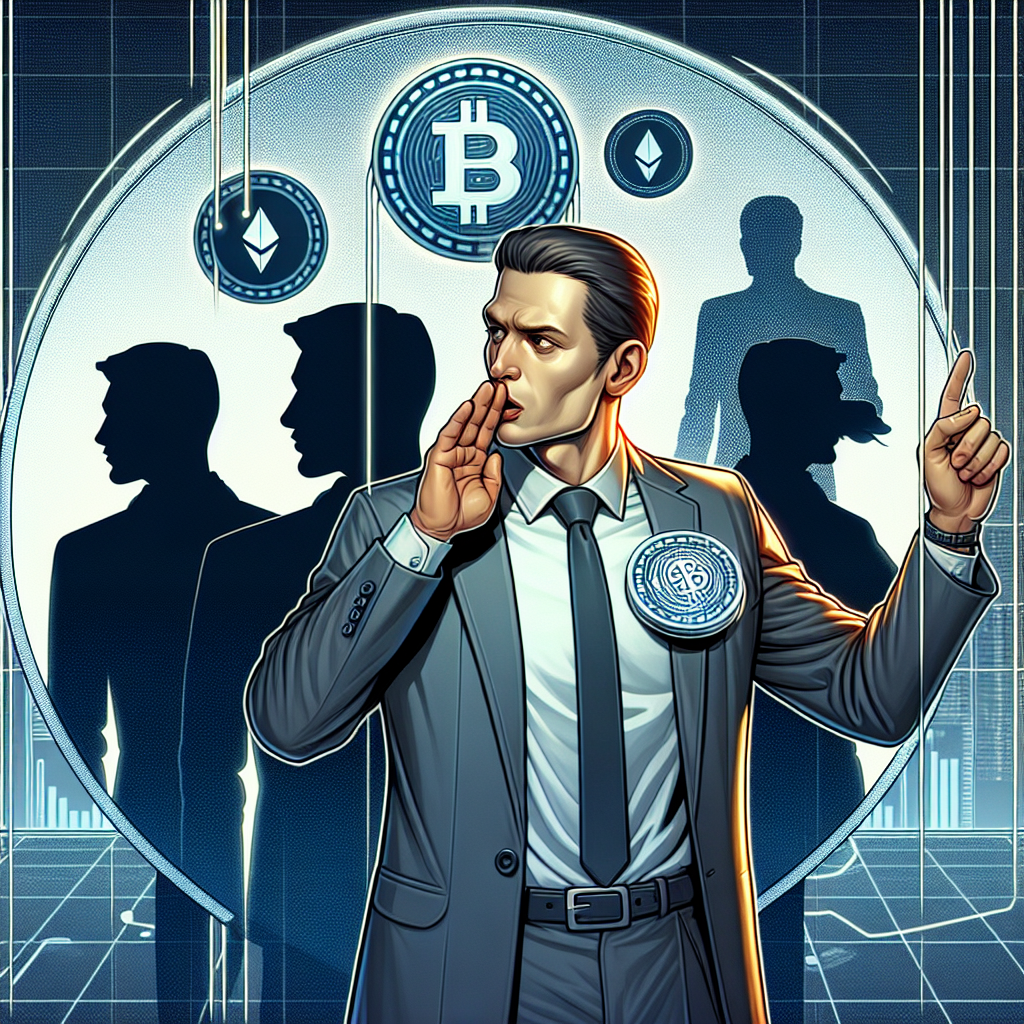

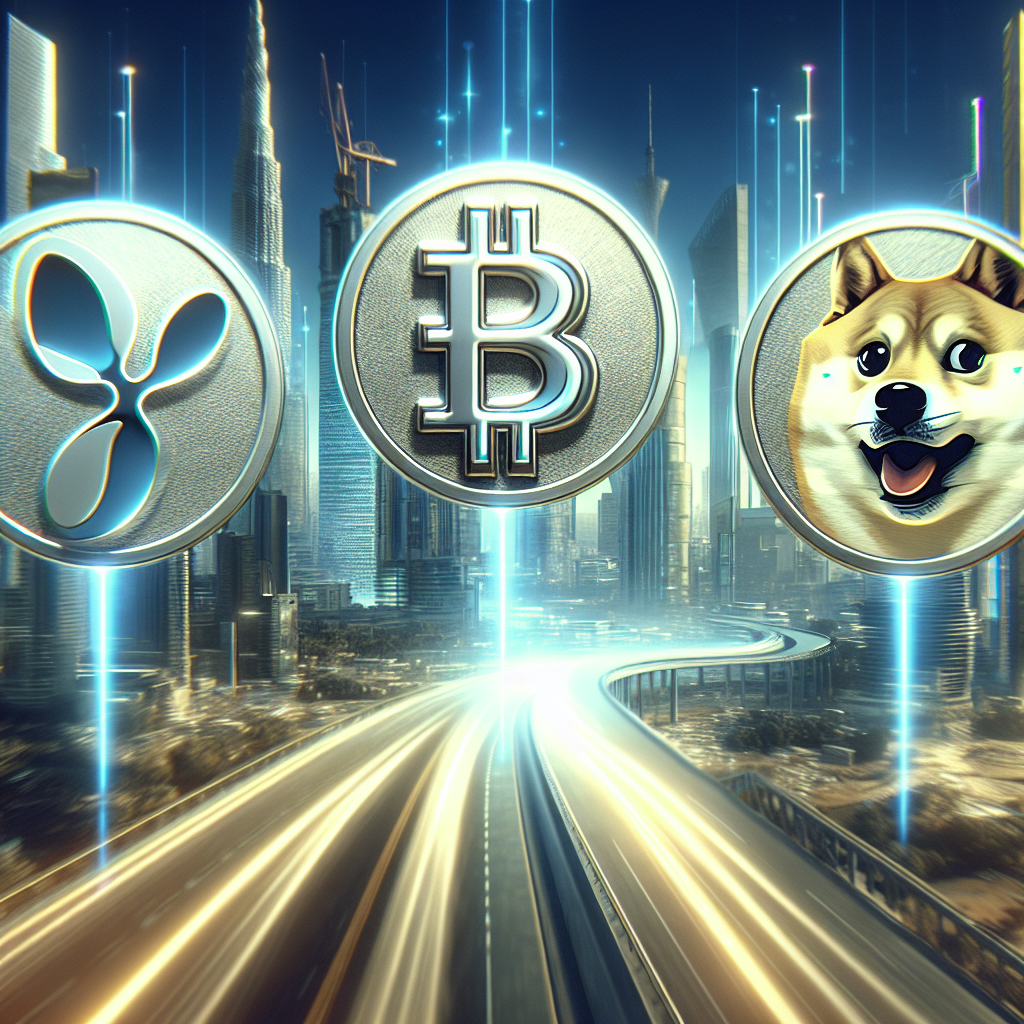
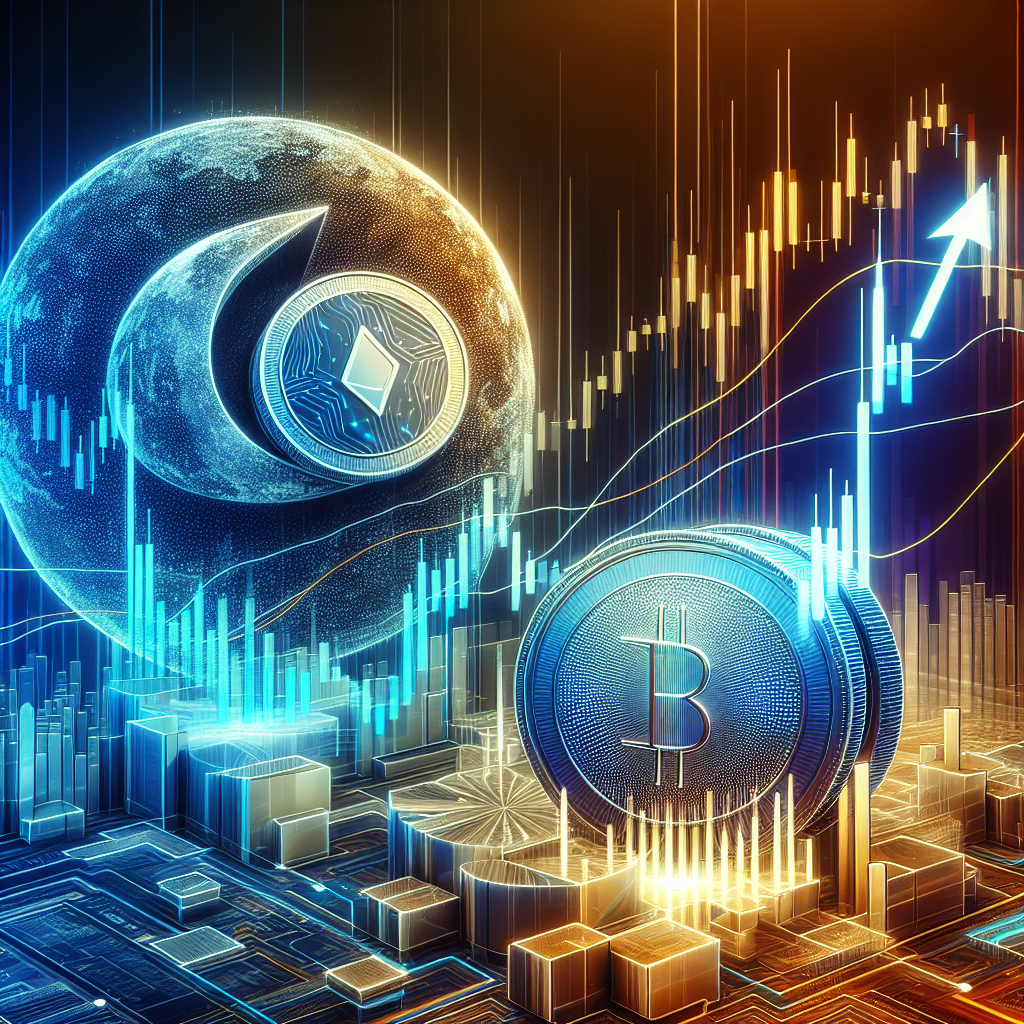
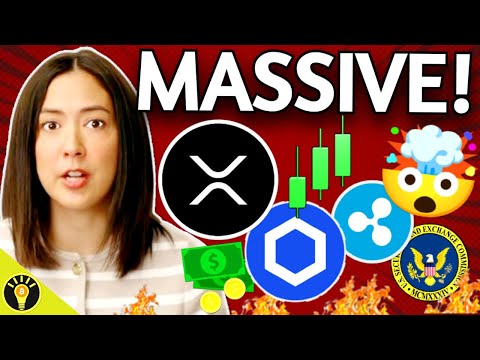
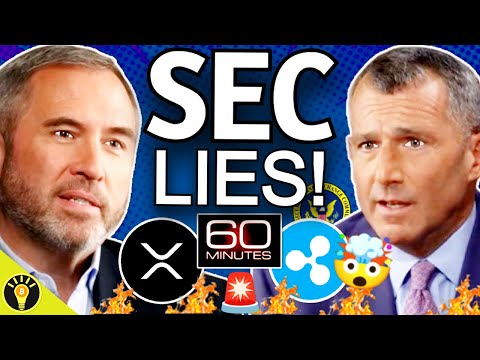
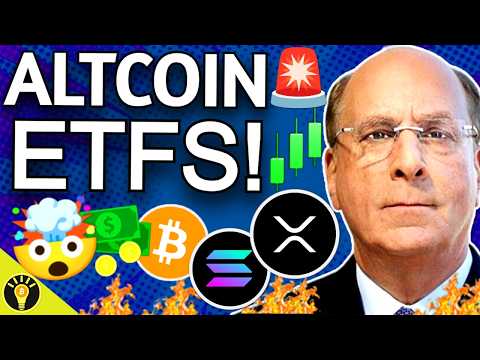
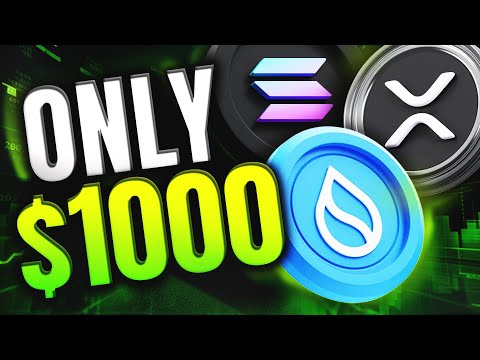
Leave a Comment